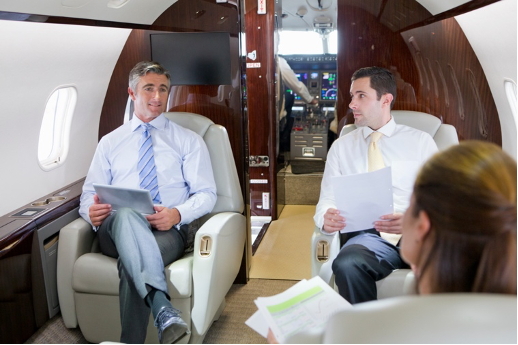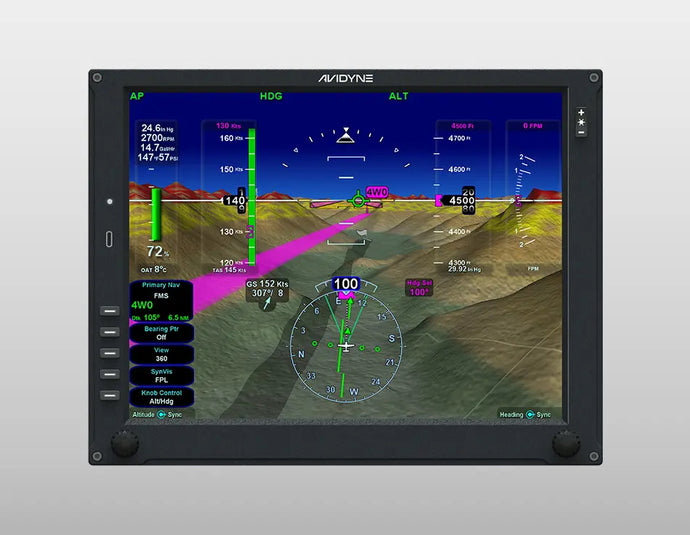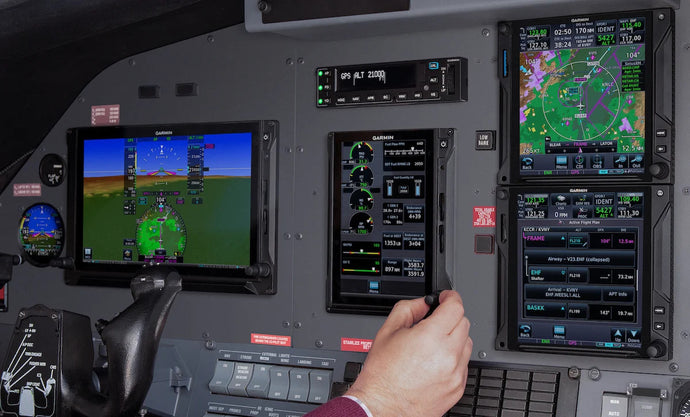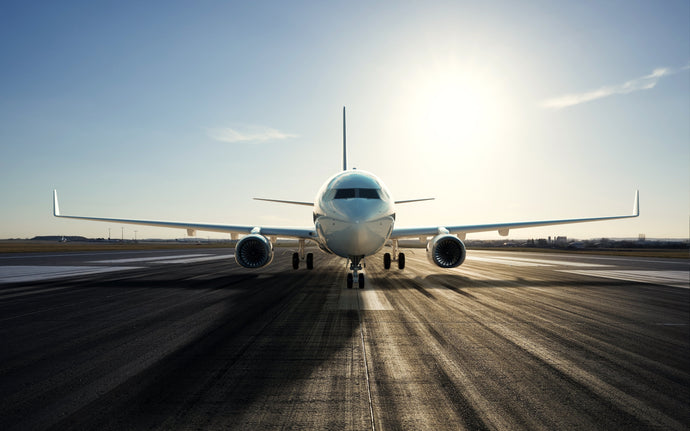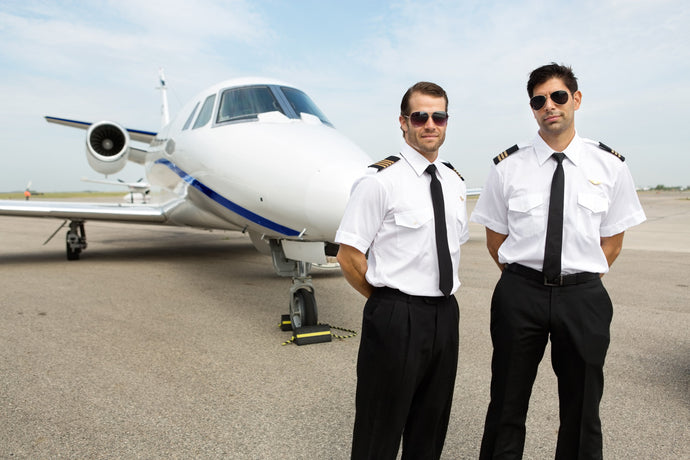While the FAA’s ADS-B mandate may feel like old news, it’s definitely worth another look if you’re planning to fly beyond the U.S. border. That’s because every nation has taken its own approach to adopting the technology. Some nations made the requirement years before the US, some are planning for future implementation, and still, others may never mandate the change at all.
While there are ways to skirt the rules within the U.S., many nations already require the gear. In other words, no gear, no entry. So, as long as you’re ADS-B compliant here in the U.S., you should be okay abroad, right? Well, not so fast.

The first thing you have to consider is your setup. Here at home, you have the choice between 978 MHz UAT, which typically works with existing Mode C transponders and the 1090 MHz Mode S transponder with extended squitter. What you may not realize is that most nations require the 1090 MHz Mode S transponder with an extended quitter. Nations using Aerion’s satellite-based option require antenna-diversity solutions that you may not have installed. So, if you’re planning on traveling internationally make sure your system employs diversity.
Another big factor to consider is where your aircraft is based. Some nations recognize the FAA’s regulations for visiting aircraft, but not for based aircraft. And those are the requirements and regulations that will apply when you register your aircraft in that nation. In other words, you might have to meet more or simply different requirements if you’re, say, buying or selling an aircraft and delivering it to a new home.
While the vast majority of pilots and operators here in California will stay within North America, here’s what you need to know about some of the most common destinations:
United States
Here at home, you have the choice between 978 MHz UAT, which typically works with existing Mode C transponders and the 1090 MHz Mode S transponder with an extended quitter. The 1090ES solution is a universal solution in the US and complies with the majority of foreign requirements. The 978 UAT on the other hand, satisfies the FAA mandate in all airspace below 18,000 feet
If you’re currently without an approved ADS-B system, it doesn’t mean your aircraft is totally grounded. It just means you’ll need to apply for a deviation waiver for every flight with approval by air traffic control. Each request is on a case-by-case basis and it depends largely on the workload of the facilities involved.
Canada
Canada was set to implement its ADS-B mandate this year but has since postponed the deadline. At this point, no new date has been set. Although ADS-B will be used for surveillance in Class A airspace beginning February 2021, ADS-B won’t be mandatory for aircraft to be equipped. But if you have ADS-B Out, you’ll need antennae on the top and bottom of the aircraft to comply with diversity.

Mexico
Like Canada, Mexico delayed its mandate. Originally scheduled to take effect in January 2020, that’s now been bumped to January 2022. Rumor has it that Mexico may, in fact, broaden the equipment mandate, by including the 978 UAT option, but that’s yet to be confirmed.
South America
Brazil has had ADS-B on the books for helicopters serving the offshore petroleum industry for many years, but for general air travel over land, Brazil has yet to move on the mandate.

Now that the Aerion satellite-based system is available though, that may change in the near future. Columbia, on the other hand, planned to make its mandate active alongside the U.S. but has since postponed it until April 30, 2022.
Europe
Over on the other side of the pond, our friends in Europe mandated ADS-B in June 2020 for aircraft 12,500 pounds flying faster than 250 knots and on an IFR flight plan. Although there are some exemptions for older aircraft in Europe, only a 1090 MHz Mode S transponder with extended squitter qualifies.
Asia
For the most part, if you’re traveling to Asia, you can expect ADS-B requirements pretty much everywhere you go. Hong Kong, for instance, has had its mandate in effect since 2014, and Taiwan has had its mandate on the books since 2020.
The long and the short of it is, if you’re traveling just about anywhere these days, you’re best to be equipped with ADS-B. Not only will it allow you to travel hassle-free, but it will also keep you compliant in the event of any unplanned deviations in your route.

